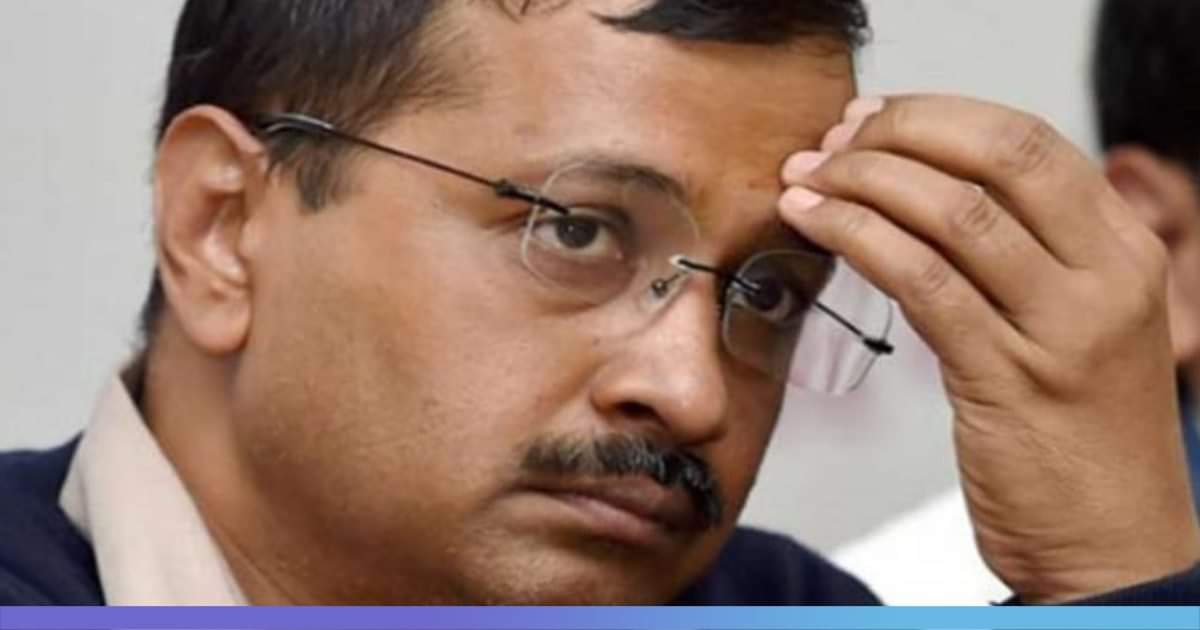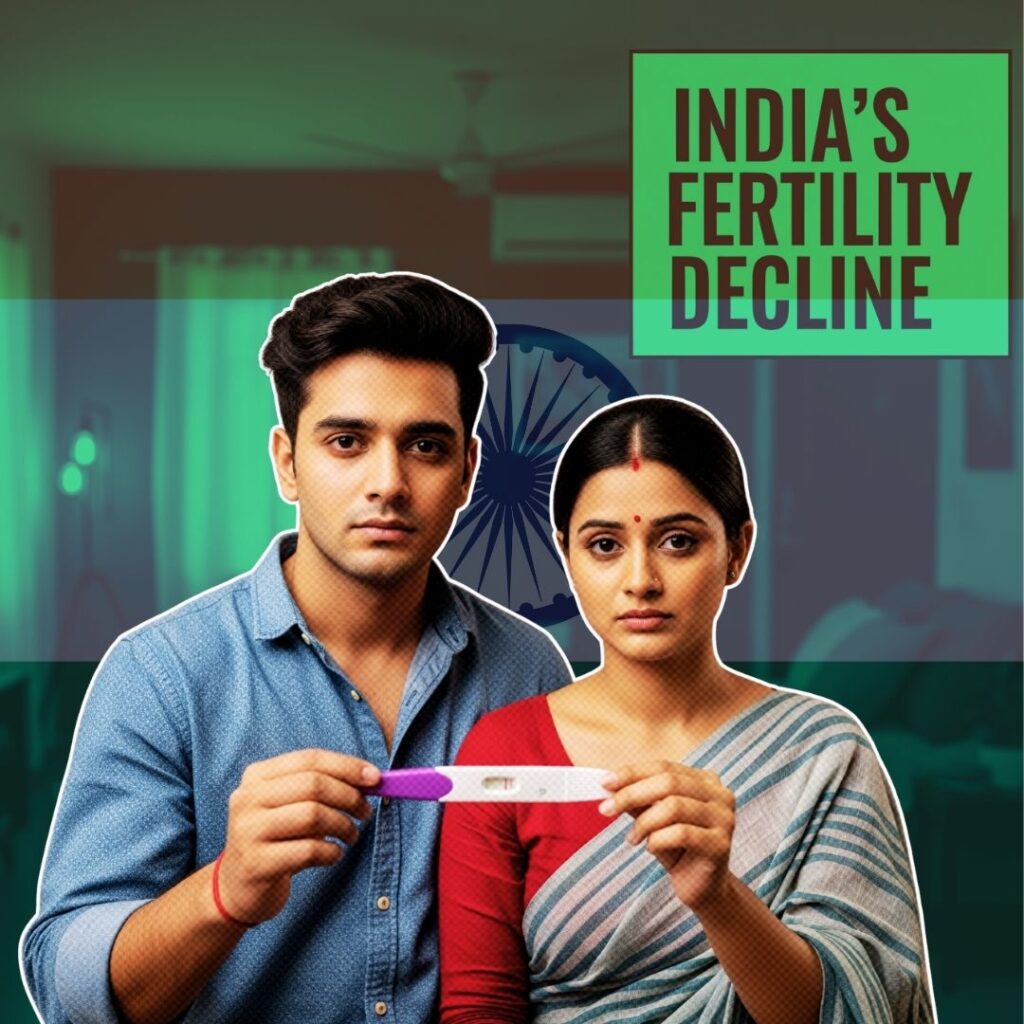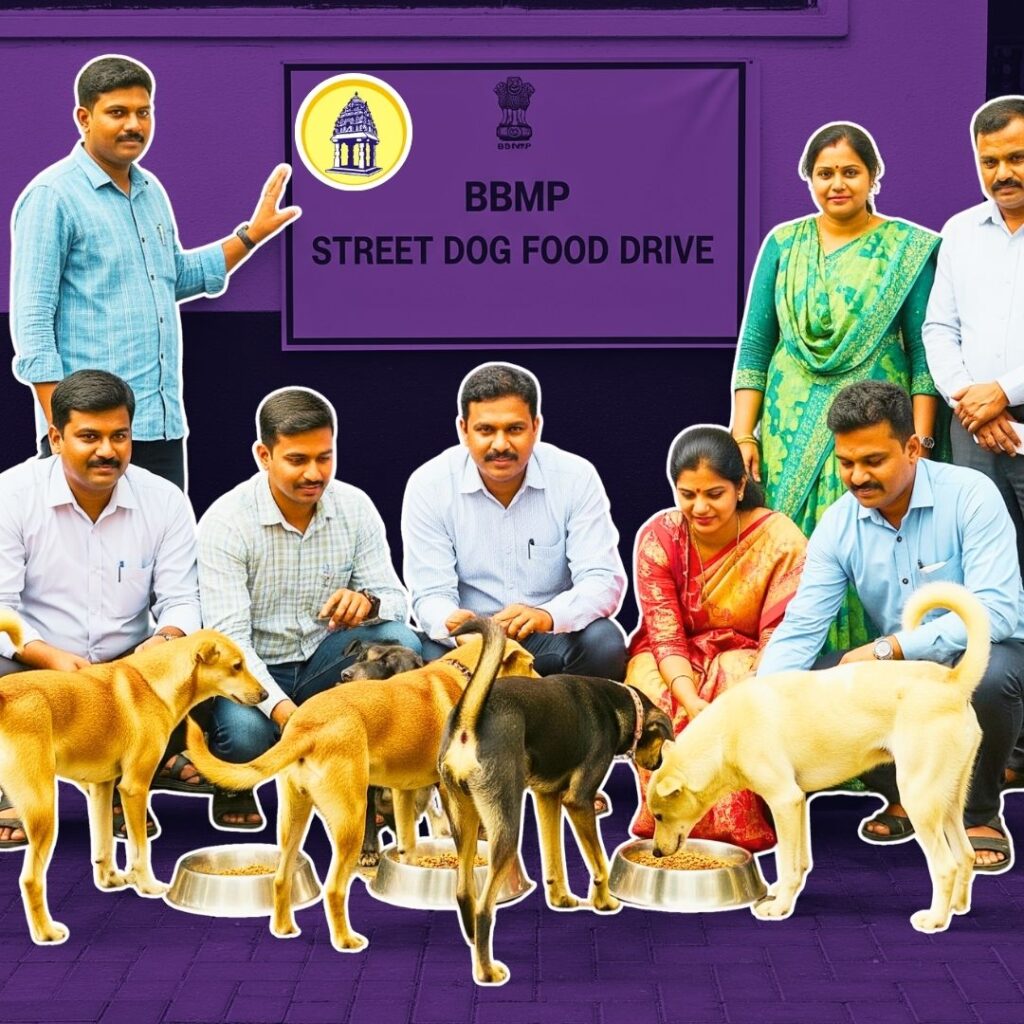From one political dogma to another; with the Modi government in the midst of wrapping up its ministerial and way forward meetings, the Aam Aadmi Party’s latest populist policy stint picks up right where the promise of general elections left us. The suggestion to offer fare-free public transportation services to the state’s female population may very well have been well intended, but it has stirred a malicious debate on the aspect of equality and patriarchy. Whilst that notion can be debated on excessively from a social standpoint, we need to however scrutinize this decision and look objectively, both from a financial and public policy standpoint.
Growing Financial Strain on DTC
As per reports from DTC officials and the AAP, 33% of the riders in delhi metro are female, whilst 20% use the bus service for their daily commutation. An abject reduction in 20% of the money collected from female commuters will put a considerable strain on the DTC which is drowning under financial woefulness. In an RTI which came through last year, it was revealed that as of June 2018 the DTC bus strength was 3,882. This is the lowest recorded figure since 2008 when the only 3,934 buses were running in Delhi.

DTC’s overall and per bus net loss skyrocket through the roof when compared to other metropolitan cities such as Mumbai and Bangalore that rake in a large number of passengers into its fleets. As of the date, for which statistics available, the DTC hasn’t made any profit since 2010. With the state already eyeing the procurement of a 1000 electric buses to limit its carbon emission footprint, it has to limit its growing loss deficit to make sure it moves along that pathway.
Over the past two budgets, the state government has already allocated INR 3701 crores as grant in aid to limit the financial duress of the DTC, and may very well continue to do so to improve the poor infrastructure of bus-stands statewide. Mobility has never at the heart of planning in Delhi, this has resulted in several high-density colonies and unplanned neighbourhoods that have little public transport connectivity.
The DMRC Dilemma
The Delhi metro saw an incredible depletion in passengers using its services after its rapid price hike in 2017. As per CSE calculations, close to 4.2 lakh passengers shoved away from their metro passes and tokens in order to move away from the price hike which cost the DMRC 430 crores annually in revenues. The farebox revenue for Delhi metro per rider stands at INR 28, 33% of all Delhi Metro commuters are women which will, in turn, put annual losses of the Delhi Metro in the corridor of INR 800 crores, if the said policy comes into play.
One of the primal reasons that the DMRC sighted for its 2017 price hike was the rise in the cost of maintenance work. Staring at an annual loss in upwards of over 1200 crores with the proposal of phase 4 metro line already on the table, DMRC may soon look at another price hike in order to curb the growing losses.
This hasn’t really worked anywhere in the world
The proposal for free public transit has been floated across numerous countries and cities globally, but the proposition hasn’t really made any headwinds at all. Although the reason why Luxembourg has announced its plan to go fare-free by march 2020 makes proper economic sense. The country has the highest per capita GDP in all of the European Union, thus its high housing cost means that over 180,000 of its workforce commute from neighbouring countries. Free movement of labour will incentivize more people to find work in the country, in turn substantially impacting its GDP.
However, to date, the only city that has provided any form of quantitative data on the benefits of such a proposition is Tallinn, the capital of Estonia in order to increase passenger demand so that its roads could become less congested. However, a recent study by Oded Cats, Triin Reimal, and Yusak Susilo of the Royal Institute of Technology in Stockholm did the math and found that passenger demand only increased by 3 percent since the switch in 2013.
Several municipalities in the USA have also flirted with the concept, although unsuccessfully. A 2002 National Center for Transportation Research report suggests that, while transit ridership does tend to increase, there are also some disadvantages such as significant revenue shortfalls, a decline in schedule adherence and an increase in cases of vandalism.
What should be done?
With the largest population density in the country, the public transit system could have been the golden goose for the nation’s capital. But in turn, it has proven itself to be its anchor, striving down crores in incentives and failing to properly take off. Free baiting people into using its service in the name of security is a proper policy failure. However, this debate has allowed us to rejig our focus on a matter that has eluded the city for years, proper urban planning. Remodelling of all DTC bus stands and routes, and a citywide layout plan that allows significantly congested localities to get easy access to public transit systems.
Author is a former Public Affairs consultant and a Public Policy student at the Jindal School of Government and Public Policy, batch 2019-21.
Also Read: Delhi Govt Proposes Free Ride For Women In Metros & Buses, Social Media Divided











